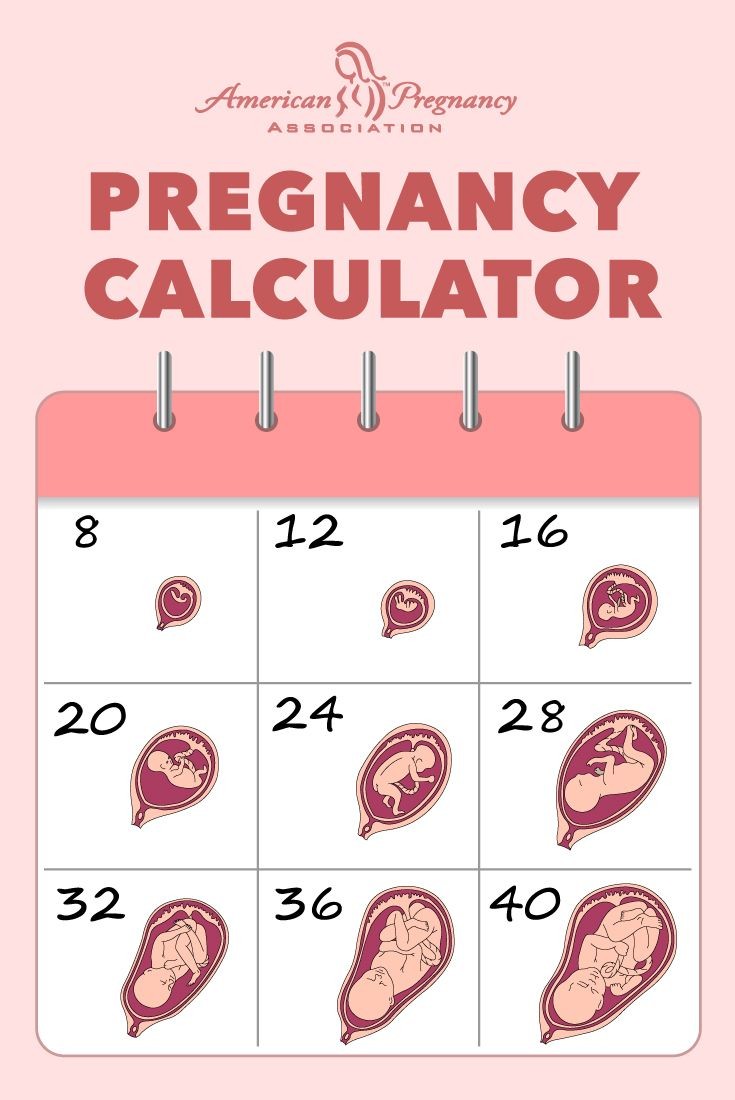
Contents
How Many Weeks Is 9 Months Pregnant?
A full-term pregnancy is 280 days, which is 40 weeks. However, not every woman gives birth at 40 weeks.
A full-term pregnancy is 280 days, which is 40 weeks. With four weeks a month, a 40-week duration could be calculated as 10 months with each month having 28 to 31 days.
Therefore, pregnancy typically lasts nine and a half months.
- Not everyone delivers at 40 weeks. Women may give birth at about 38 to 42 weeks.
- In the case of a single baby, the mother may deliver at 39 to 40 weeks. In the case of twins, delivery generally occurs at about 38 weeks.
Generally, pregnancy lasts for nine months.
How is the due date calculated?
The due date or estimated date of delivery (EDD) is the day when spontaneous labor is expected to start. To calculate the due date, add 280 days (9 months and 7 days) to the starting day of the last menstrual cycle (LMP).
- This is the strategy used by "pregnancy wheels."
- The accuracy of the EDD determined by this method depends on the mother’s recall of the number of days in her menstrual cycle, as well as ovulation and conception occurring on day 14 of the cycle.
- Using LMP may overestimate the length of the pregnancy by more than two weeks when calculating the due date.
The doctor may estimate a person’s due date based on physical examination and ultrasound findings.
Pregnancy due date calculator
How to use the Pregnancy Due Date Calculator
- Select the date of the first day of your last menstrual period in the space provided.
- Select your average menstrual cycle length from the dropdown menu.
- Your due date, gestational age of your baby, and a trimester timeline will appear in the window next to the calculator.
- Click reset to start over.
What are trimesters?
A full-term pregnancy of 40 weeks is divided into three trimesters, with each trimester lasting three months.
First trimester
The first trimester, called early pregnancy, lasts from the 1st to 13th week.
- First month
- One to four weeks of pregnancy.
- During the first and second weeks, the egg released by the female is fertilized by sperm that enter the uterus following unprotected vaginal sex.
- During the third and fourth weeks, the fertilized egg moves down the fallopian tubes and reaches the uterus. The single cell in the egg divides to form multiple cells, called an embryo.
- Not all embryos implant to form a fetus. Sometimes, the menstruation process may begin, and the fertilized egg is released.
- 5th to 8th weeks of pregnancy.
- At 5 to 6 weeks, the implanted embryo grows to 4 to 5 mm long and starts developing:
- The circulatory system
- A simple beating heart
- Buds to form the arms and legs
- A bud of a tail grows
- The neural tube develops, eventually giving rise to the brain, spinal cord, and main nerves
- An umbilical cord begins to form
- The heart
- Webbed fingers and toes
- Arms are bent at the elbows
- Facial structures, such as ears, eyes, eyelids, and upper lip, develop
- The liver develops
- Differentiation of sex begins during this time
- 9th to 13th weeks of pregnancy.
- At 9 to 10 weeks:
- The embryo develops into a fetus and grows up to 21 to 40 mm long
- The tail disappears at this time of development
- Toes and fingers grow
- The placenta is developed and is attached to the uterus to get nutrients
- The abdomen of the fetus and placenta are connected by the umbilical cord which provides nutrients and oxygen and carries away waste products from the fetus
Second trimester
The second trimester, called mid-pregnancy, lasts from the 14th to the 27th week.
- Fourth month
- 14th to 17th weeks of pregnancy.
- By the end of the 13th week and the beginning of the 14th week, the fetus undergoes the following developments:
- The crown-rump length (CRL) is about three inches
- The biological sex of the fetus can be determined by looking at the external sex organs
- In biological males, the development of the prostate gland begins
- In biological females, the ovaries descend from the abdomen to the pelvic area
- 18th to 22nd weeks of pregnancy.
- By the end of the 17th week and the beginning of the 18th week, the fetus has a CRL of 5.5 to 6 inches.
- At 19 to 20 weeks:
- The CRL is 6.5 inches
- The body is covered with fine hair
- The skin is covered by a protective greasy material called vernix caseosa
- Biological females develop a uterus
- 23rd to 27th weeks of pregnancy.
- At 23 to 24 weeks:
- The fetus has a CRL of about 8 inches
- The fetus has a CRL of about 9 inches
- The development of fat increases in the fetus, and it continues to develop until the pregnancy ends
- Eyelashes and eyebrows develop between 23 and 26 weeks
Third trimester
The third trimester, called late pregnancy, is from the 28th to the 40th week or until the delivery of the baby.
- Seventh month
- 28th to 31st weeks of pregnancy.
- By the end of the 27th week and the beginning of the 28th week, the fetus has:
- A crown-rump length (CRL) of about 10 inches
- Eyelids remain fused until 28 weeks
- The CRL of the fetus is 10.5 inches
- The testis starts to descend into the scrotum from the abdomen in biological males. This process completes at the 40th week
- The CRL of the fetus is about 11 inches
- The soft baby hair called lanugo starts to shed off
- 32nd to 35th weeks of pregnancy.
- At 33 to 34 weeks:
- The CRL of the fetus is about 12 inches
- Development of pupils allows them to constrict and dilate in response to light
- The lanugo is completely lost
- 36th to 40th weeks of pregnancy.
- The end of the 35th week and the beginning of the 36th week:
- The CRL of the fetus is about 12.5 inches
- The skin tightens, wrinkles do not appear, and the fetus becomes bulkier due to fat deposition
- The CRL of the fetus is about 13 to 14 inches
- The fetus develops a firm grip
- The newborn may weigh up to seven to eight pounds and range from 18 to 22 inches long with open legs
- The lanugo and vernix are completely gone
- If the fetus is born with lanugo, it may disappear within a few months


